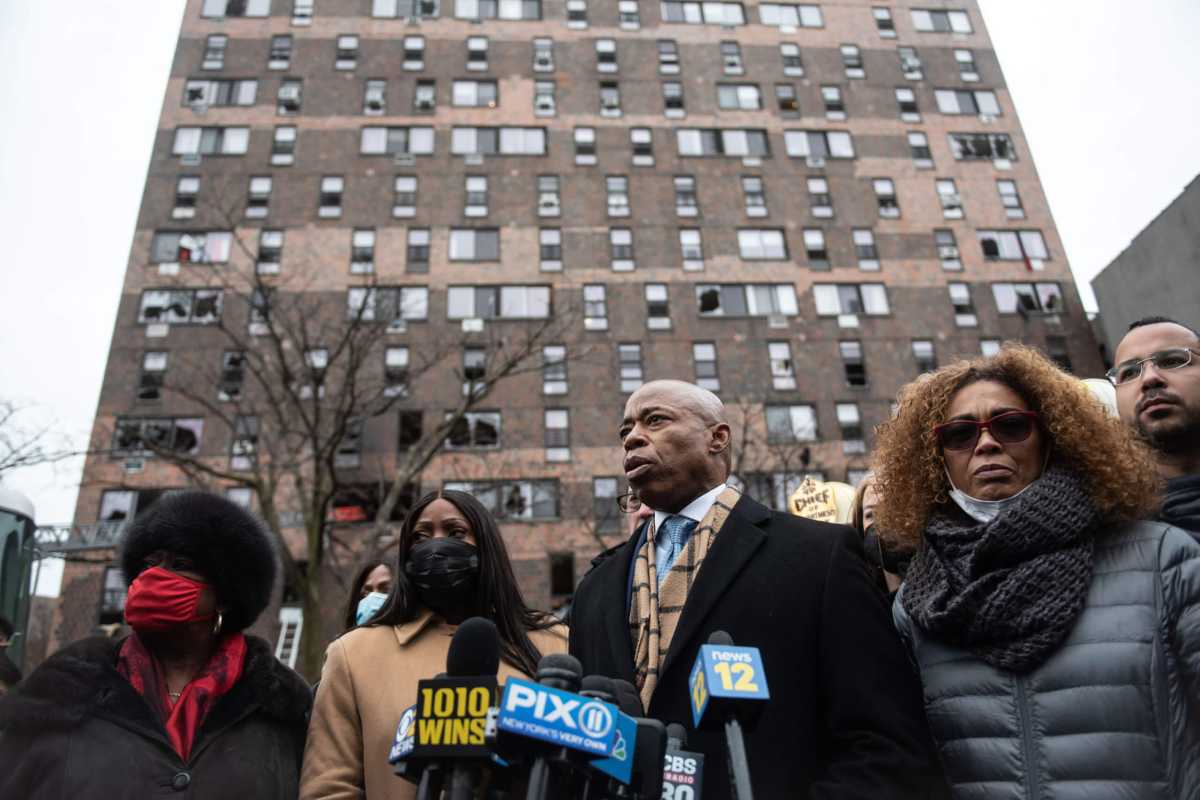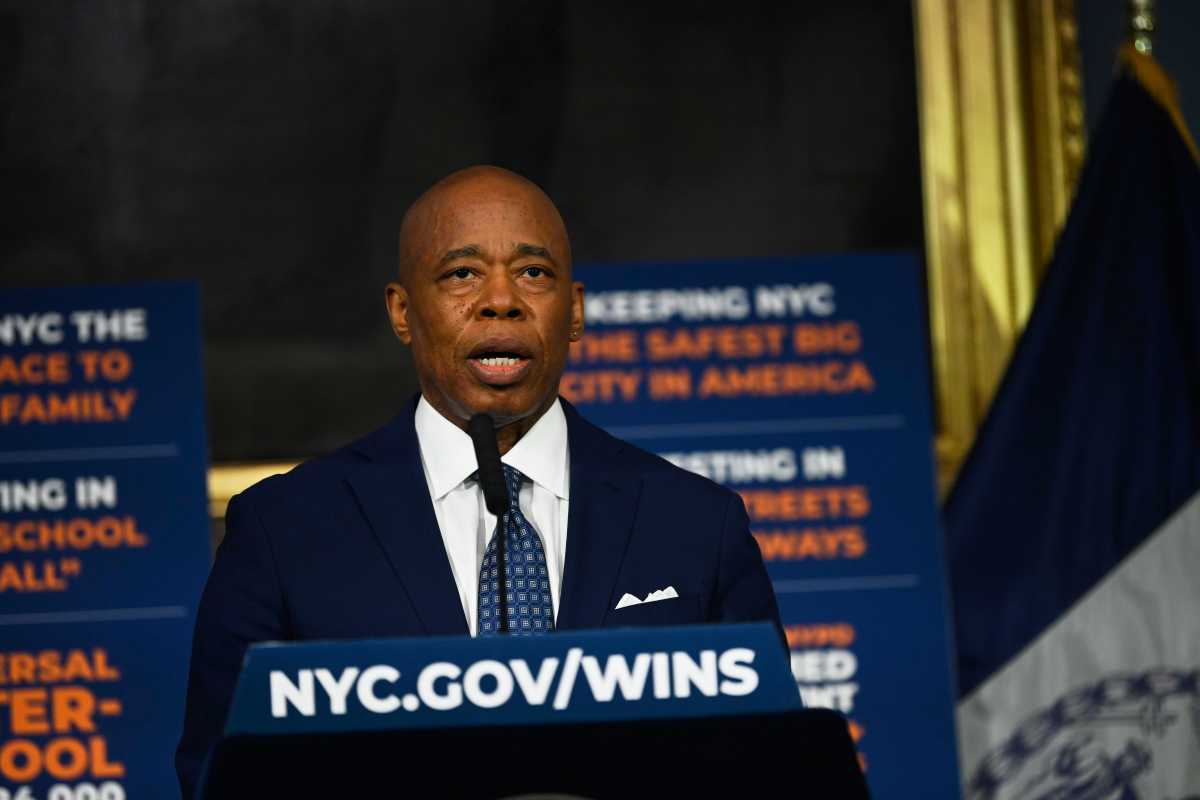What if I told you acknowledging how New York City dropped the ball on the Fordham Heights fire victims could lead to transformation of deficit framing applied to tragedy victims in Black, Indigenous, people of color (BIPOC) communities, move New York City from austerity and poverty policy responses to equitable policy outcomes and help mitigate future tragedies. Deficit framing disrupts the ability to connect with BIPOC victims as deserving of empathy, sympathy and resources and instead blames them for their tragic circumstances.
It is sadly not uncommon during New York City winters for residents in public housing or multiple dwelling units, in under-resourced communities such as Fordham Heights, to have insufficient heat. But it should be! Residents resort to using ovens, stove top burners and space heaters to keep warm. Trying to stay warm in your home when temperatures in your home are frigid, is rational behavior. Rather than interrogate residents’ methods to keep warm in frigid apartments, why isn’t there an indictment of austere and inhumane conditions and the policies that result in substandard housing and inhumane living conditions?
It was encouraging to hear Mayor Eric Adams emphatically declare blame will not be imputed to the victims for the tragedy. And, as is so often the case after horrific tragedies in under-resourced communities, Adams declared “… this tragedy is not going to define us.” The truth of the matter is this tragedy does define us. But it doesn’t have to!
How this tragedy defines us
All manner of disenfranchisement, including enslavement, the unfulfilled promise of 40 acres, redlining and especially exclusionary zoning, continues to reinforce discriminatory housing practices, subpar housing stock and living conditions. Redlining continues to prevent Black and Brown folk from moving into better resourced middle- and upper-class neighborhoods. The political economy reproduces historical systems of structural disadvantage and socioeconomic policies that marginalize BIPOC and females, divests communities of badly needed resources and concentrates and exacerbates poverty, especially in the Bronx.
Steps to Pivot Acknowledgment, transformation and reconciliation
It takes courage to acknowledge that this tragedy in fact defines us. Acknowledgement is a crucial first step that can move New York City to understanding the compounded impact deficit framing has on the Fordham Heights fire victims and policies that create systemic structural inequity. From there, New York City can shift from austerity and poverty, to equitable social policies and resources for BIPOC communities. To be sure, acknowledging error should not be equated with placing blame. These structures were created and existed long before us. To not address and work toward dismantling them, however, makes us complicit in their continuation. Just as the goal is to not “blame” victims for the tragedy, neither is it productive to blame government for the confluence of factors that delivered this tragic outcome. The goal should be acknowledgement, reconciliation and equity in policy responses and resources.
One method that I think might work particularly well on the journey to acknowledgement, transformation and reconciliation is diagramming. Diagramming involves identifying the subject, the target and the activity. In the instant tragedy, diagramming can help refocus equity gaps and redirect resources. By clarifying the flaw in deficit framing, policy makers, legislators and other elected and appointed officials can pivot to policy responses that properly frame and emphasize socioeconomic disparities. As presently framed, the subject is the Fordham Heights residents. The target is insufficient heat. The activity is using a space heater to keep warm. These days engaging in pretty much any activity while Black is interpreted as irresponsible or suspect. The subject should be austere housing policy and non-working self-closing fire doors. The target, Fordham Heights residents who suffered tragedy and loss. The activity, trying to keep warm in their frigid apartments.
Framed in this way, the subject rightly becomes policy, equity and resource gaps that are mainstays time and again in marginalized communities like Fordham Heights. Kudos to Mayor Adams for putting his foot down and not allowing the victims to be blamed. The time, however, is now for New York City to put its money where its mouth is. Resources must match rhetoric. BIPOC communities have had to be resilient for far too long, often paying with their lives!
Dr. Lessie Branch is the Director for Programs Community Relations for the Citizens Committee for New York City, a member of the NYC Chapter of the Scholars Strategy Network, and the founder of the Think Tank at The Thinkubator.

















